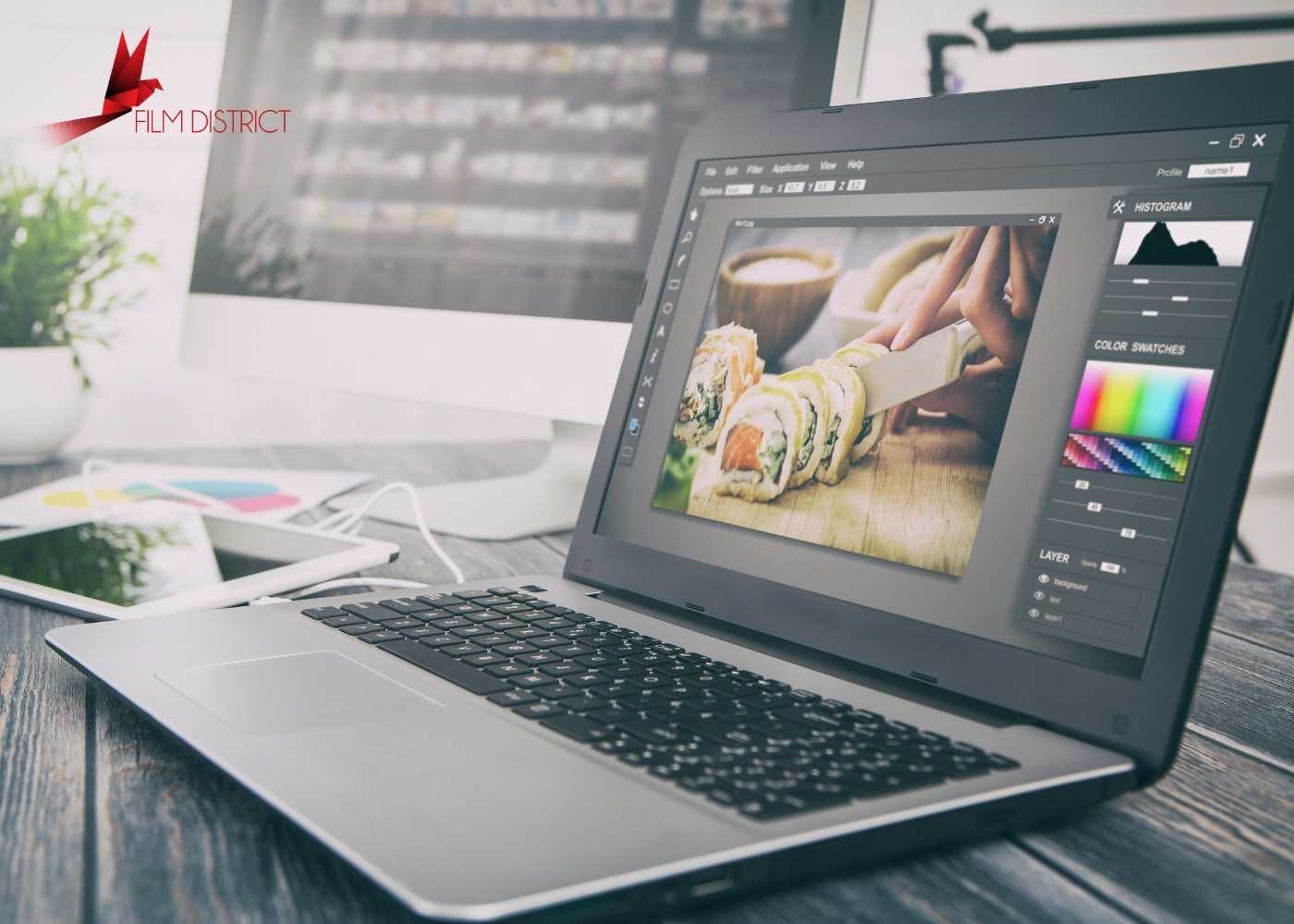The lower thirds in movies and television offer viewers additional information. In taking on video projects, Video Production Company in Dubai knows that your video project can be taken to the next level by learning how to construct lower thirds effectively.
What Do Lower Thirds Mean?
Lower thirds are computer-generated graphic overlays that are overlaid onto the bottom third of a movie or television screen to offer more context to the visual material. You may convey additional information without obscuring crucial visuals by including text, graphic elements, and movement in the lower third of a frame.
Lower thirds are also frequently referred to as "chyrons" after the Chyron Corporation, one of the earliest businesses to specialize in producing this kind of video graphic. Simple lower third titles can be created using the majority of popular video editing programmes.
Tips for Using Lower Thirds in Film and Television
Lower thirds are most common in documentaries since they allow for the identification of interview subjects' names and jobs in motion pictures. Jane doesn't have to reveal her name or her line of work on camera if, for instance, you cut to an interview subject and include a lower third that reads, "Jane Doe, Forensic Psychologist." " There could, however, be additional identifying details for Jane, like the city of her residency or her relationship to another subject in the picture, which could also be used by the filmmaker.
Location and time can be established in movies using lower thirds. Using a lower third that reads, "Jane Doe's dwelling, July 15th, 1988," in conjunction with an establishing shot of a house, for instance, makes it crystal apparent to the audience when and where this scenario is taking place.
Lower thirds frequently appear in non-fiction television programmes, such as news reports and talk shows. On television news programmes, lower thirds provide a succinct summary of the topic being covered at the moment. TV lower thirds often feature the network logo and can be animated to sweep over news headlines, weather, market prices, and sports scores. Live TV broadcasts use specialist technology to add and update lower thirds onscreen in real-time, in contrast to film lower thirds, which are always added after the fact.
5 Things to Take into Account When Creating Lower Thirds
Your onscreen graphics' context can be clearly and tastefully provided by the numerous components that make up a lower third. Ask your client whether they have a lower third template or style guide before you start generating them. Make sure to consider the following elements while creating your own lower thirds:
1. Typography: Use a legible font that fits the mood of your video's content. Keep your writing to a minimum as well; if you write too much, the reader may become distracted from the remaining videos.
2. Shapes and logos: Insert shapes behind your text to increase its visibility. To emphasise different informational components, use several shapes in the same lower third. To make it very clear which channel you are watching, TV networks include their logo in the lower thirds of their broadcasts. If you want to use your videos to develop your brand, including your own unique logo in the lowest third of a personal project, a video production company in Dubai has years of experience producing such videos in which the lower third of your video is as informative as the main picture without distracting from it.
3. Color: Pick a color scheme that draws attention without overpowering your writing. When in doubt, less color is usually preferable when in doubt because too many hues might overload the eye. If your lower third has a logo, be sure to match the colors in your color scheme to those hues.
4. Position and size: Make sure your lower thirds are always in the "title-safe area" so that they won't be cut off by the viewer's television, regardless of the sort of screen they are on. This can be achieved by activating the title-safe area view in your editing programme and generally attempting to keep critical information closer to the centre of the screen. The text should be large enough to read comfortably without taking up too much room.
5. Animation: Motion graphics with animation give your lower thirds a special touch. Consider whether animation is actually necessary in your circumstances, though, as basic lower thirds are typically more effective. Animated content in the middle of a segment can be distracting, hence it is most frequently used in the intro and outro bottom thirds.







